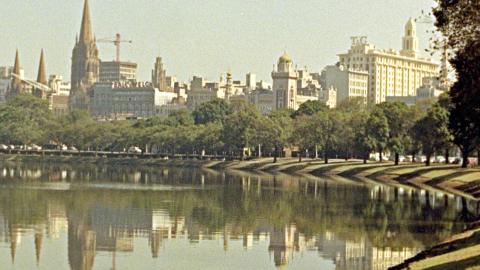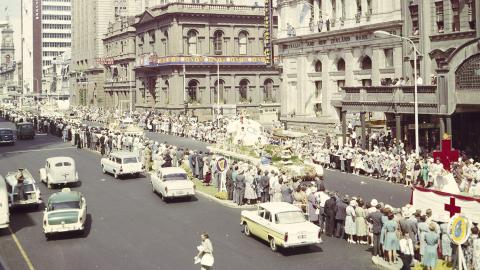
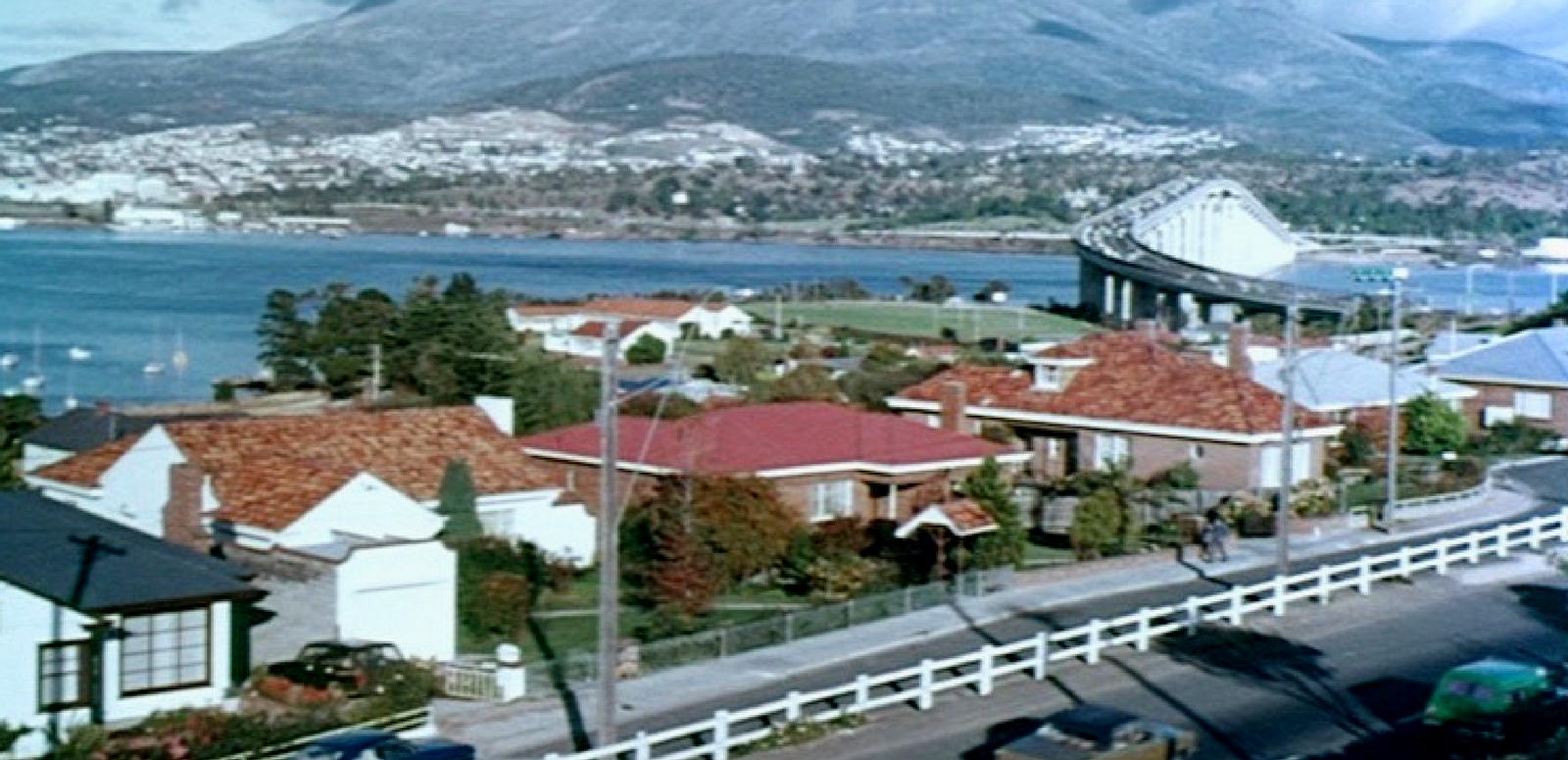
https://nginx-develop-nfsa2.govcms7.amazee.io/sites/default/files/collection/hero_image03-2017/hobart_collection.jpg
Hobart time capsule
Hobart time capsule
Including last Tasmanian Tiger footage
Explore the sights of beautiful Hobart, nestled in-between Mount Wellington (kunanyi) and the River Derwent (timtumili minanya) in Tasmania.
Featuring Fanny Cochrane Smith singing Tasmanian Aboriginal songs, footage of a Tasmanian Tiger, the famous Cadbury chocolate factory in Claremont and the beloved Cat and the Fiddle clock.
WARNING: this collection contains names, images and voices of deceased Aboriginal and Torres Strait Islander people.
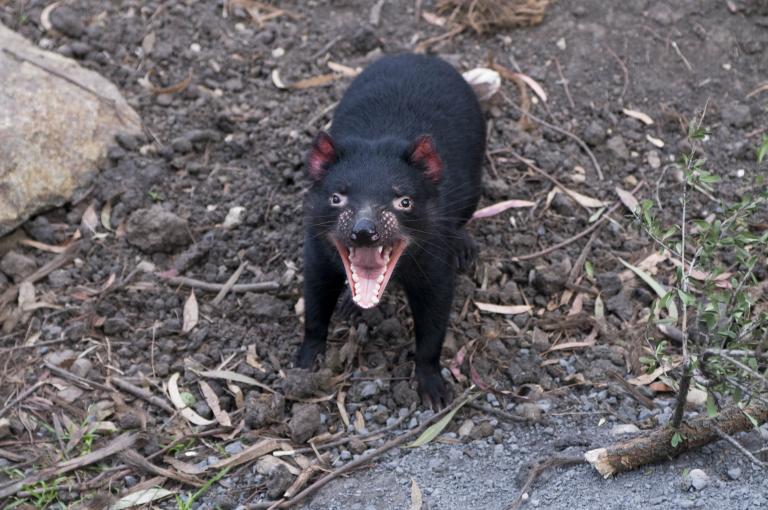
https://nginx-develop-nfsa2.govcms7.amazee.io/sites/default/files/03-2017/feral_cd3_1086.jpg
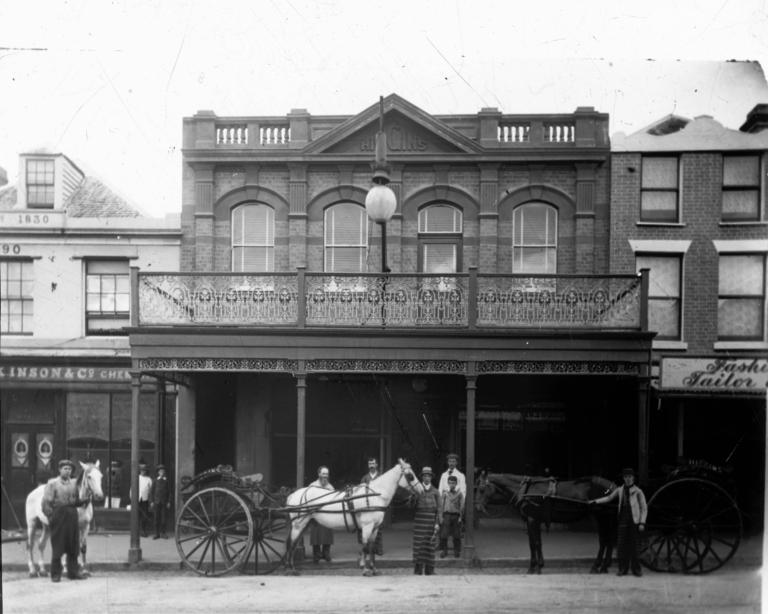
https://nginx-develop-nfsa2.govcms7.amazee.io/sites/default/files/03-2017/higgins_butcher_hobart_446036.jpg
The National Film and Sound Archive of Australia acknowledges Australia’s Aboriginal and Torres Strait Islander peoples as the Traditional Custodians of the land on which we work and live and gives respect to their Elders both past and present.
